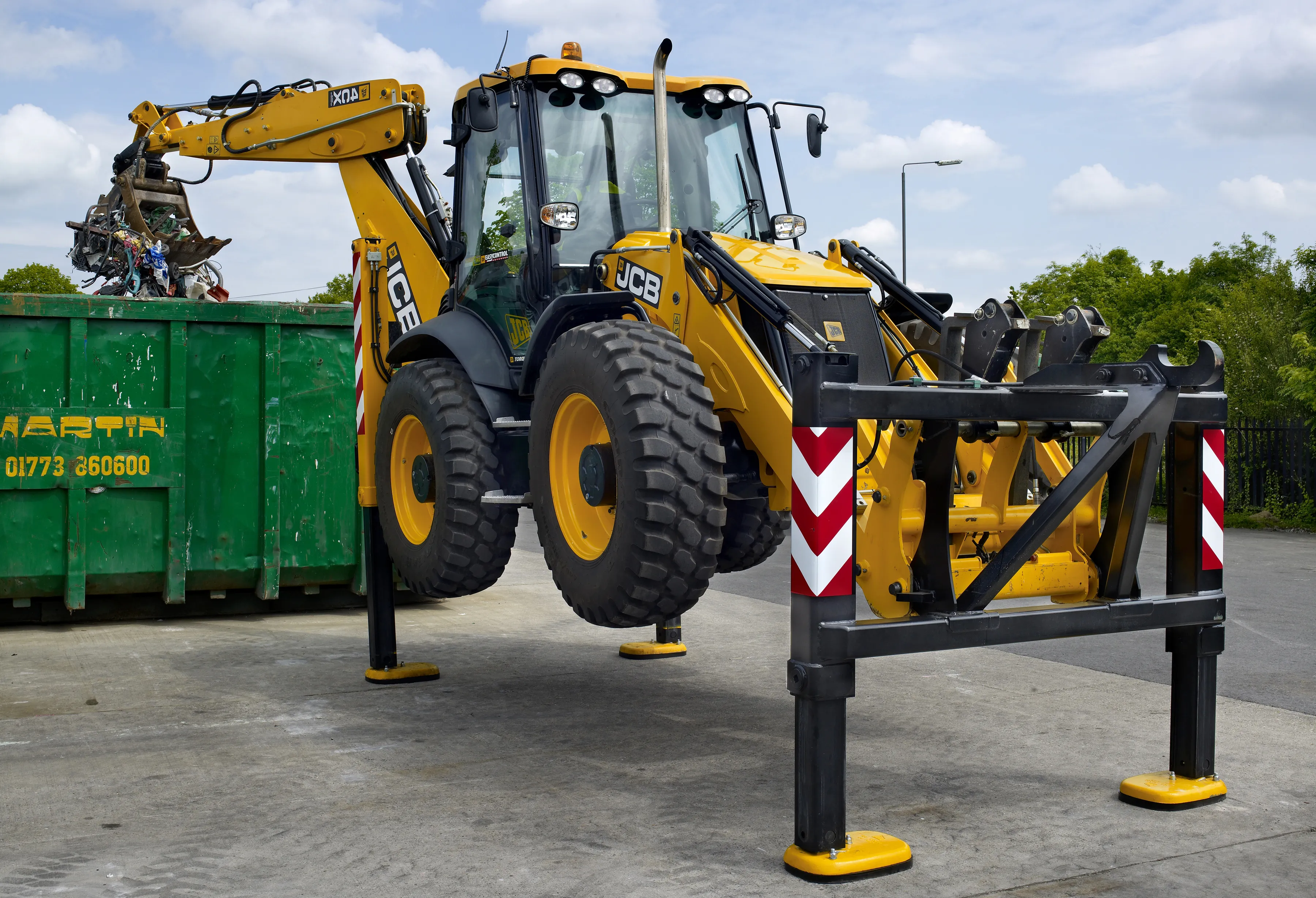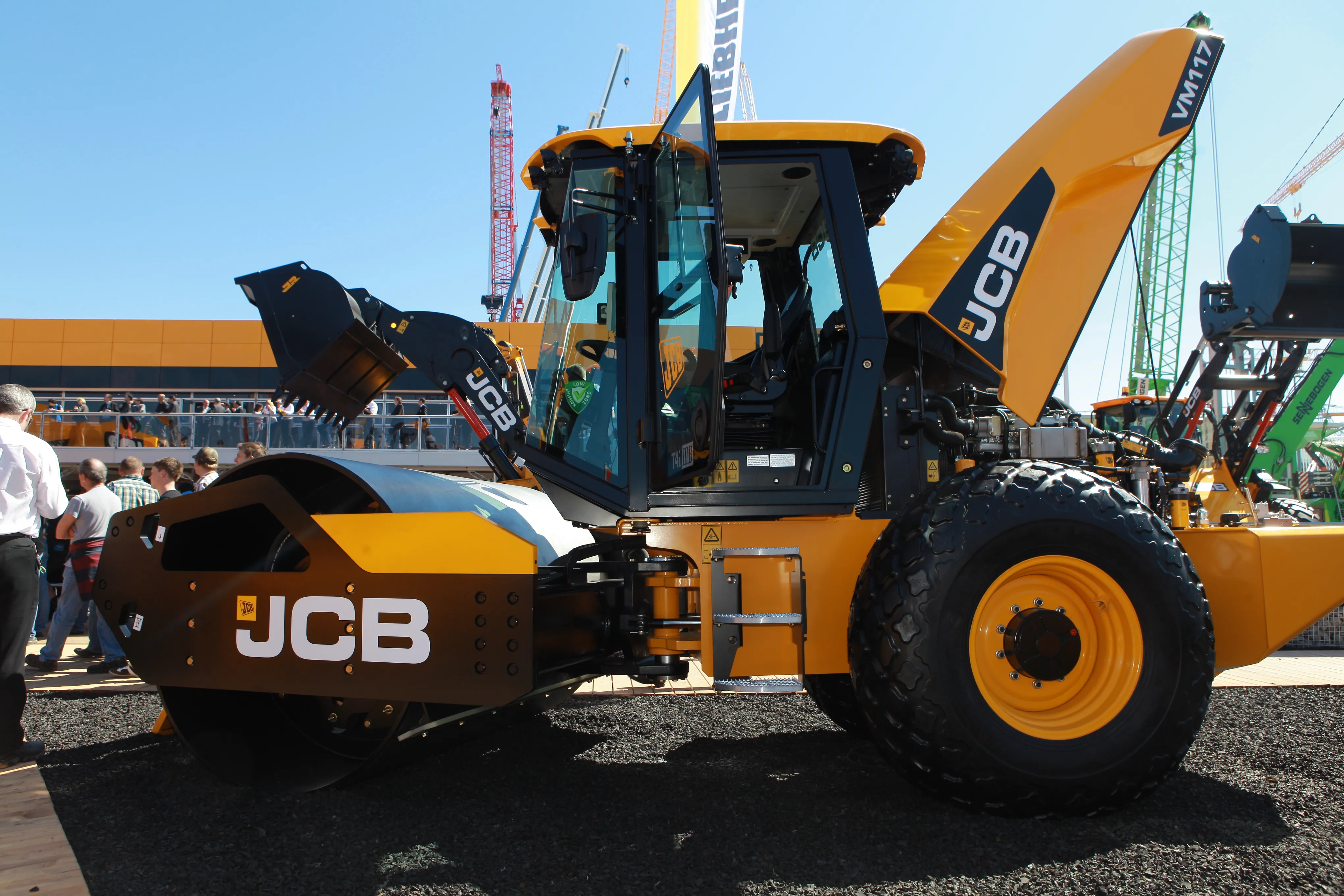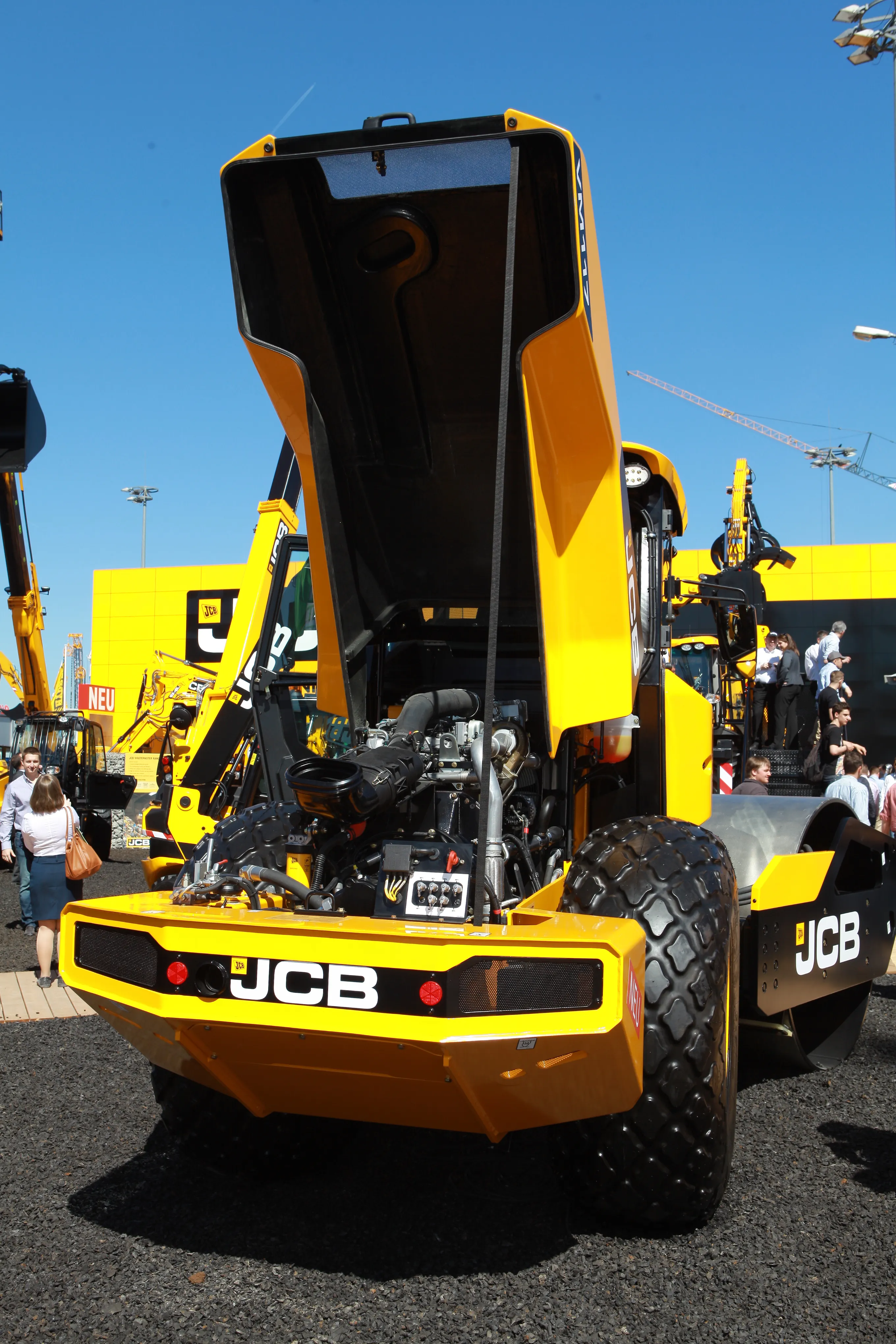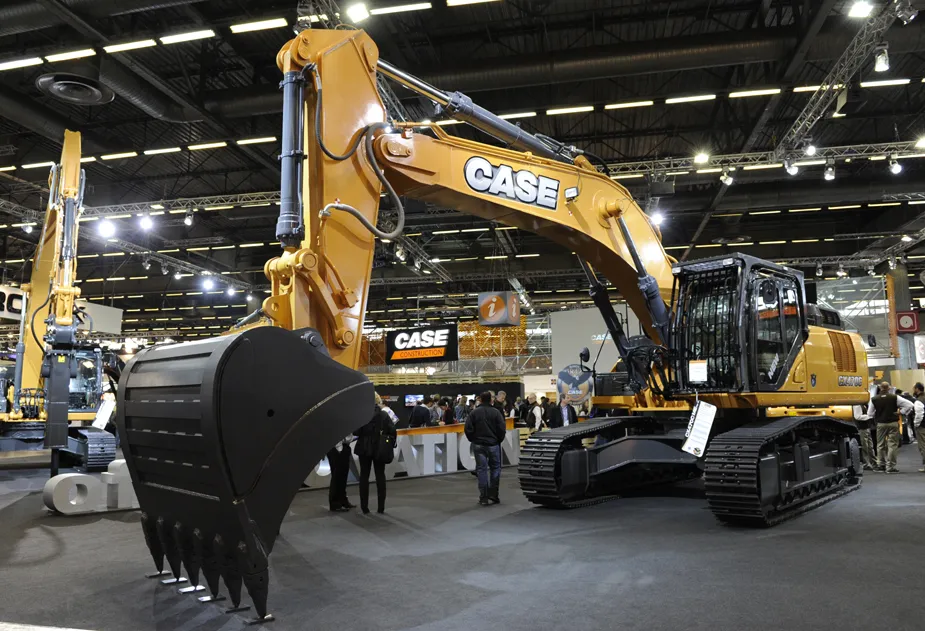JCB is adding to its waste handling range with the launch of the JS20MH materials handler and the 4CXWM wastemaster backhoe loader. The 20 tonne JS20MH is the firm’s first dedicated materials handler for the waste and recycling industries. Based on the JS160W Wastemaster wheeled excavator, the JS20MH uses a new undercarriage and chassis design with a central slew turret delivering increased stability. Powered by a 97kW (130hp) JCB Dieselmax engine the machine has a 5.7m straight boom with either a 4m goosen
February 8, 2013
Read time: 2 mins

The 4CX Wastemaster backhoe loader is the first machine of its kind to be developed for the waste market. The machine has both front and rear stabiliser legs that can raise the chassis well clear of the ground. A wide range of hydraulic attachments allow the machine to be used inside waste bins for compact and materials handling duties, while a hook lift means that the machine can move bins and skips on site..
%$Linker:








